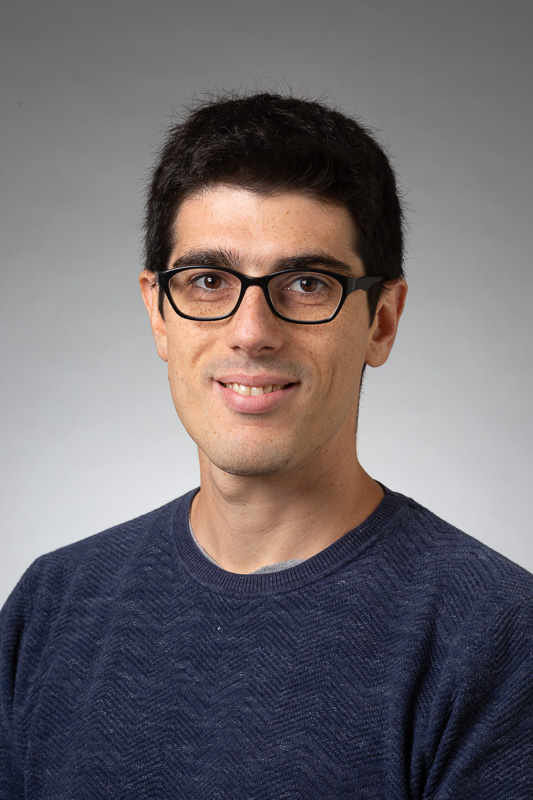Paper by Andreas Pavlogiannis published in Nature Communications
The paper "Fast and strong amplifiers of natural selection" by Assistant professor Andreas Pavlogiannis has just been published in Nature Communications volume 12, Article 4009.

Fast and strong amplifiers of natural selection, written by Andreas Pavlogiannis with colleagues Josef Tkadlec and Martin A. Nowak (Harvard University) and Krishnendu Chatterjee (IST Austria), is now available on Nature Communications (part of Nature Portfolio). The paper uses mathematics to shed new light to the way novel mutations spread across populations, and the effect of population structure in this spread. Every month, nine million people read news, analysis and commentary on nature.com, which aims at publishing the most significant discoveries— findings that advance knowledge and address some of the greatest challenges that we face as a society today.
Abstract
Selection and random drift determine the probability that novel mutations fixate in a population. Population structure is known to affect the dynamics of the evolutionary process. Amplifiers of selection are population structures that increase the fixation probability of beneficial mutants compared to well-mixed populations. Over the past 15 years, extensive research has produced remarkable structures called strong amplifiers which guarantee that every beneficial mutation fixates with high probability. But strong amplification has come at the cost of considerably delaying the fixation event, which can slow down the overall rate of evolution. However, the precise relationship between fixation probability and time has remained elusive. Here we characterize the slowdown effect of strong amplification. First, we prove that all strong amplifiers must delay the fixation event at least to some extent. Second, we construct strong amplifiers that delay the fixation event only marginally as compared to the well-mixed populations. Our results thus establish a tight relationship between fixation probability and time: Strong amplification always comes at a cost of a slowdown, but more than a marginal slowdown is not needed.
Read the full paper at https://www.nature.com/articles/s41467-021-24271-w